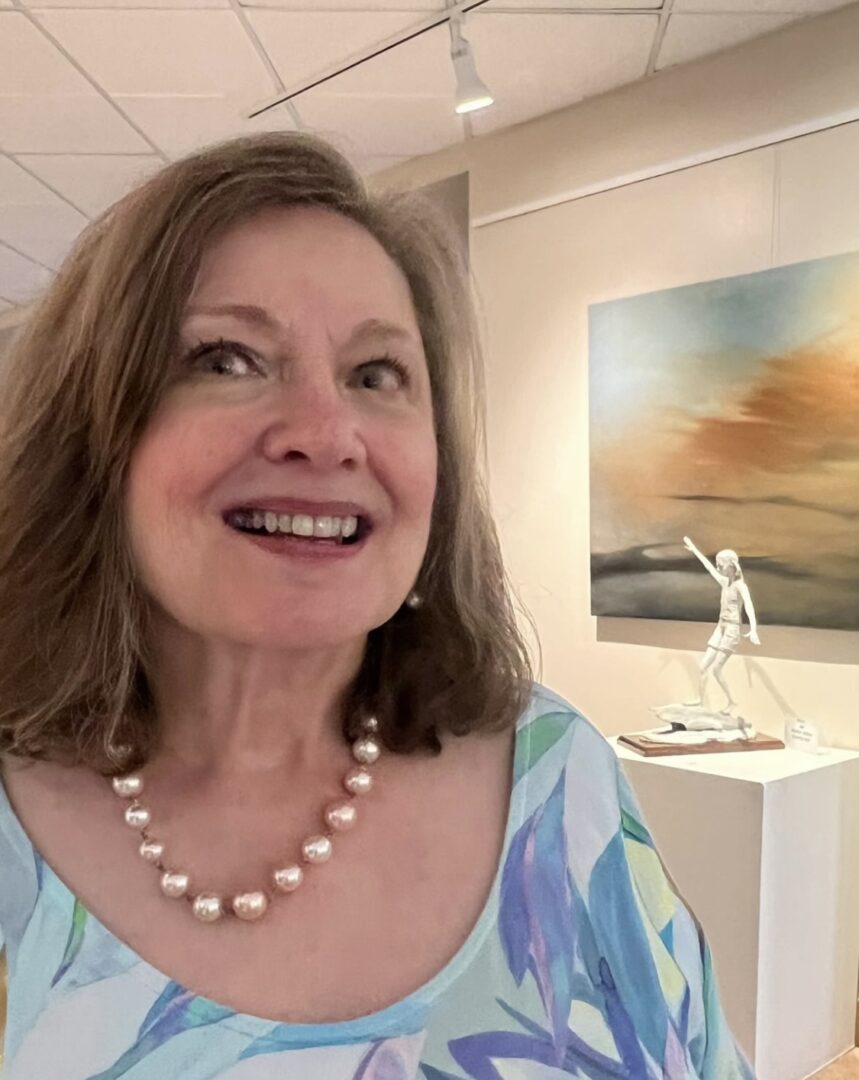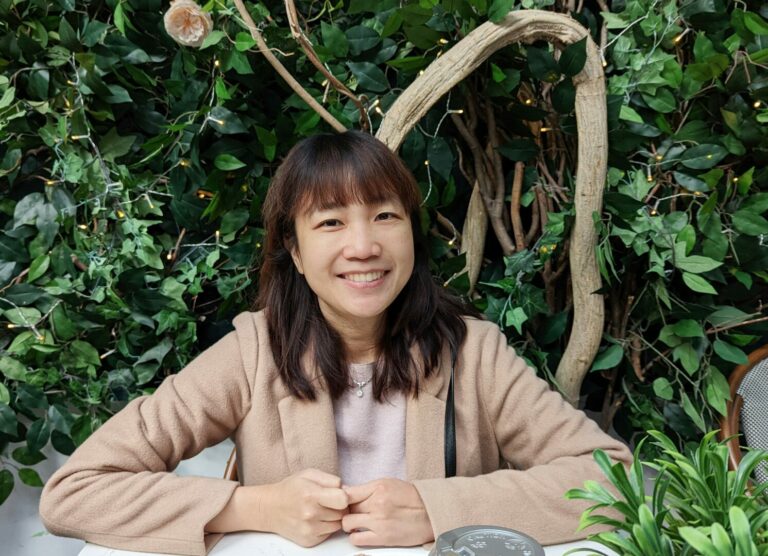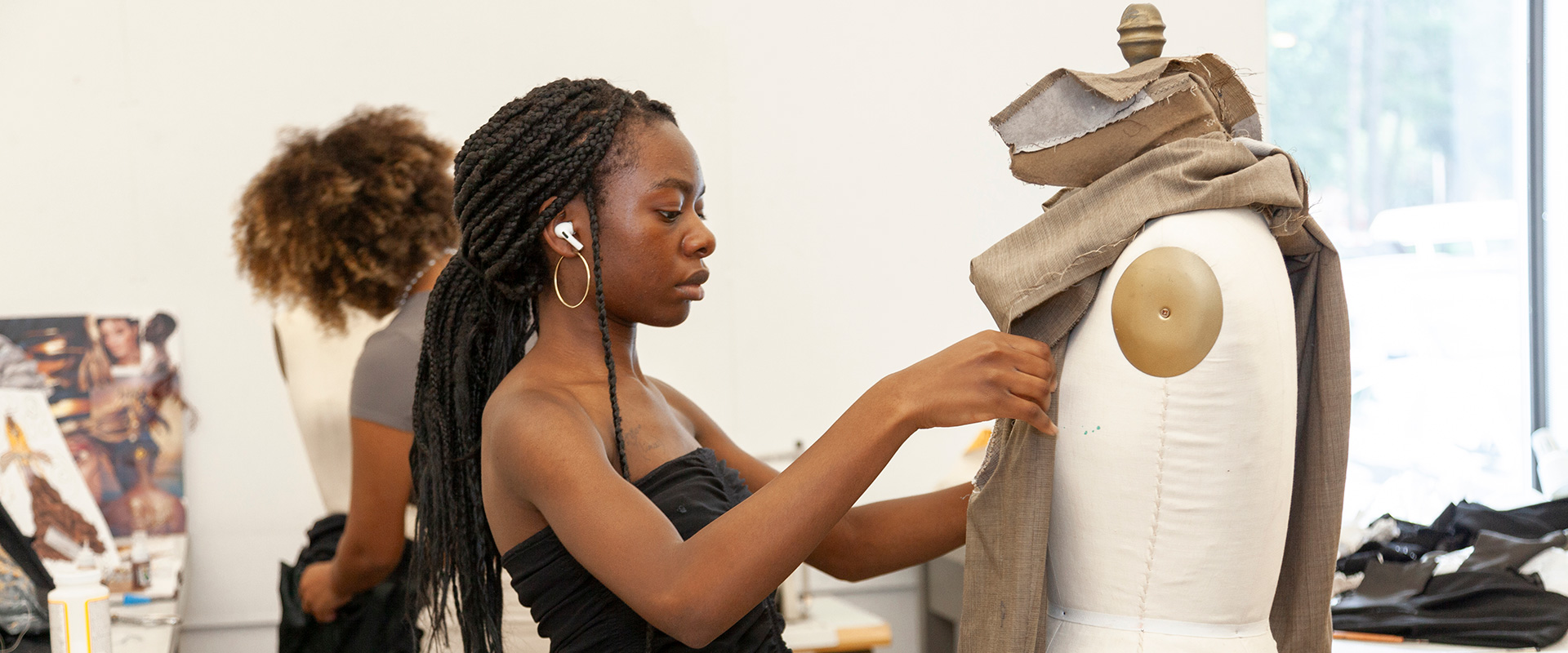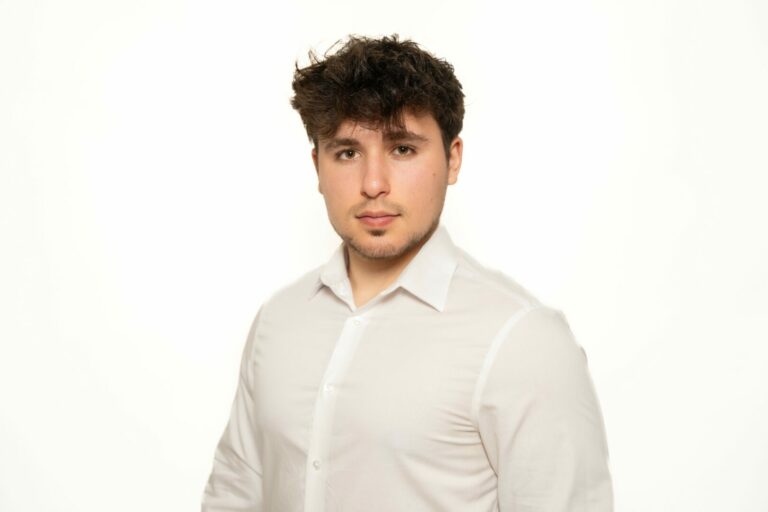We were lucky to catch up with Beth recently and have shared our conversation below.
Beth, so good to have you with us today. We’ve always been impressed with folks who have a very clear sense of purpose and so maybe we can jump right in and talk about how you found your purpose?
I’ve always been a curious person, so over the years, I’ve found my sense of purpose by listening to those little whispers inside that paid attention to my experience, interests, abilities, and strengths, so I noticed when I felt enthusiastic about something. I knew that drawing came naturally to me, but I couldn’t imagine what to do with that, so art went on the back burner for most of my life. I took an aptitude test in my early 20’s, which noted that I would be well suited to a helping profession and I kept imagining two different directions. One was somehow working for a corporation and the other was having a private practice. Eventually I got a Masters in Social Work and worked in a corporate psychiatric hospital, gaining the experience to eventually become a psychotherapist in private practice, which I still do to this day.
In my 40’s, I randomly met a young sculptor and intuitively knew that I was really drawn to his work, but I didn’t understand why. It wasn’t until my 60’s that I learned that a local sculptor was having a sculpting Open Studio and I went on a fluke. I had no idea whether I could sculpt, and was a little intimidated to try, but once I touched the clay, it was like a magnet, and I was hooked. I kept going back, somewhat driven to improve my skills. What I learned over time is that persistence really makes a difference. You develop muscle memory when sculpting without realizing it and the next piece you do winds up being better than the last. I love getting lost in the process of creating but initially had a bit of a challenge in shifting my identity from exclusively being a therapist to also being a sculptor. Both give me a sense of purpose and adding sculpting to my life has made my life feel more complete than I ever would have realized.
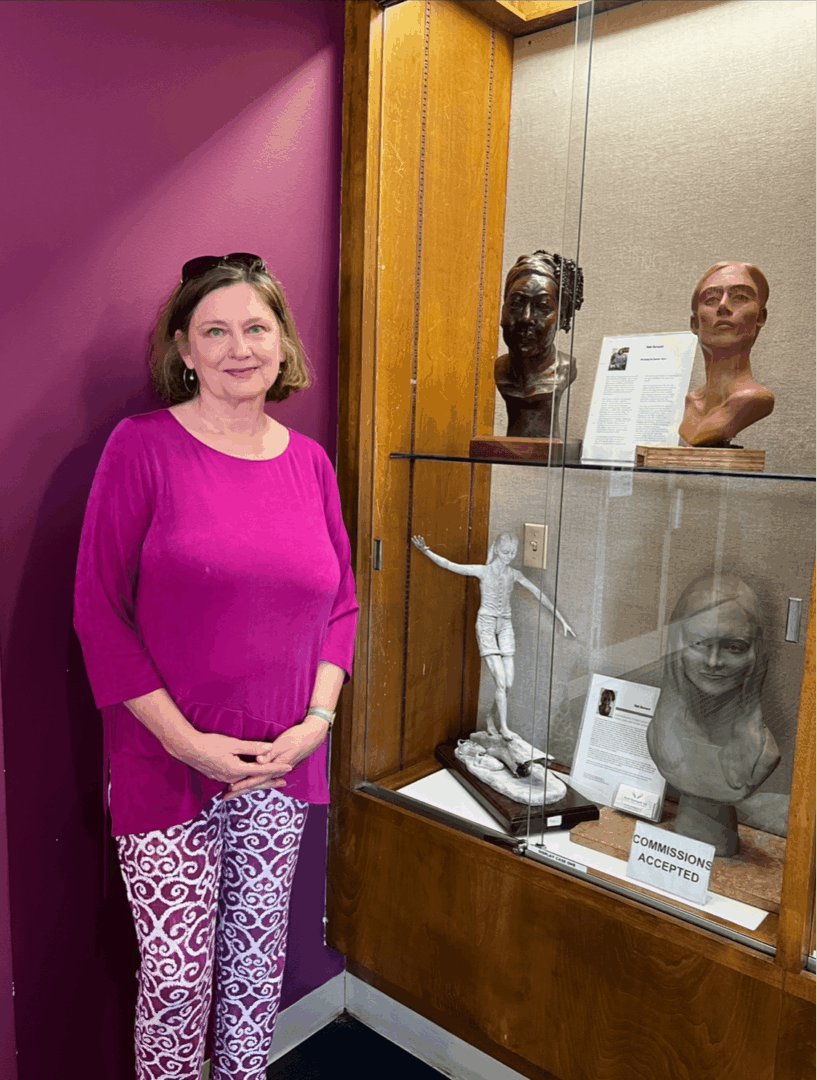
Great, so let’s take a few minutes and cover your story. What should folks know about you and what you do?
I’m in the pre-retirement phase of my therapy career, but cutting back my hours as a therapist to three half-days a week has given me significantly more time to sculpt. I’m pretty much in my studio or in a sculpting class, exhibit, or gallery most days and I hang out with a lot of artists. We tend to go to each other’s exhibits, so I generally am having more socialization now, at 71, than I did as a therapist and than I have had since my 20’s. I continue to take sculpting workshops from master sculptors across the country but have been so fortunate this year that three master sculptors have traveled to Nashville to teach workshops here. It’s been so nice to be able to learn more without the additional cost of travel.
I do commissions, but they can be frustrating. Once at a show, I had seven people ask me if I do commissions. Being a rookie, I didn’t get deposits or set-up appointments to meet. Let’s just say that I’ve learned from that. Sculpting is an expensive endeavor, so I’m learning how important it is to treat it like a business.
Often during an exhibit or artist reception, people will ask me if I teach classes. Although I’ll always consider myself to still be in the learning phase myself, I’m starting to think that teaching sculpting may be a possibility in the near future, so I’m starting to collect equipment for that to happen. I’ll probably only teach one or two people at a time, not only because my studio is relatively small, but because my voice can’t project loudly. Meanwhile, I hope to see you at a show, gallery, or exhibit. You can generally find some of my work at Church Street Gallery in Murfreesboro, TN, although recently I borrowed it for an exhibit and a show, but it will go back soon.
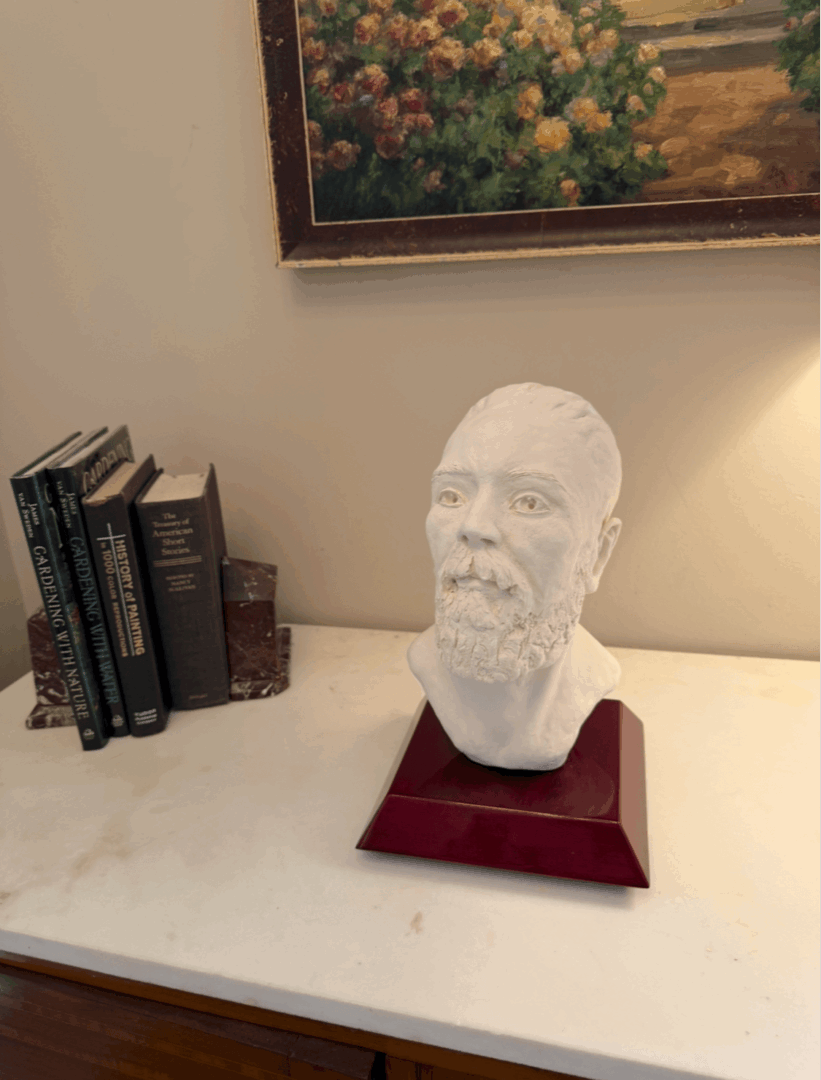
If you had to pick three qualities that are most important to develop, which three would you say matter most?
As a psychotherapist, certainly having a natural sense of empathy toward people is a necessity, and so is having a a natural sense of good judgement. Some people have natural listening skills, but I was surprised to learn that this is also something that can be taught as you take the coursework to learn about diagnosing and treating in the mental health fields. If you have empathy, good judgement, and good listening skills, you may find a helping profession a good place to land. Then you can decide if you want to specialize in a type of treatment or in treating a particular diagnosis. If you’re considering a career in mental health, it’s always helpful to interview mental health practitioners such as Licensed Clinical Social Workers who are psychotherapists, Marriage and Family Therapists, Licensed Psychological Clinicians who can do therapy, Clinical Psychologists who can do therapy and diagnostic testing, and Psychiatrists who are physicians that can prescribe medications, do therapy, and admit to hospitals.
As a portrait and figurative sculptor, there is nothing like working with a live model, but eventually it’s important to learn anatomy so that the lumps and bumps you see throughout the body begin to seem less overwhelming. That way, muscles and bone structure become landmarks rather than areas where you get lost. Finding workshops with master sculptors from whom you can with learn will help you continue to develop your skills, and recognizing that learning to sculpt is a process that takes time to evolve is important.
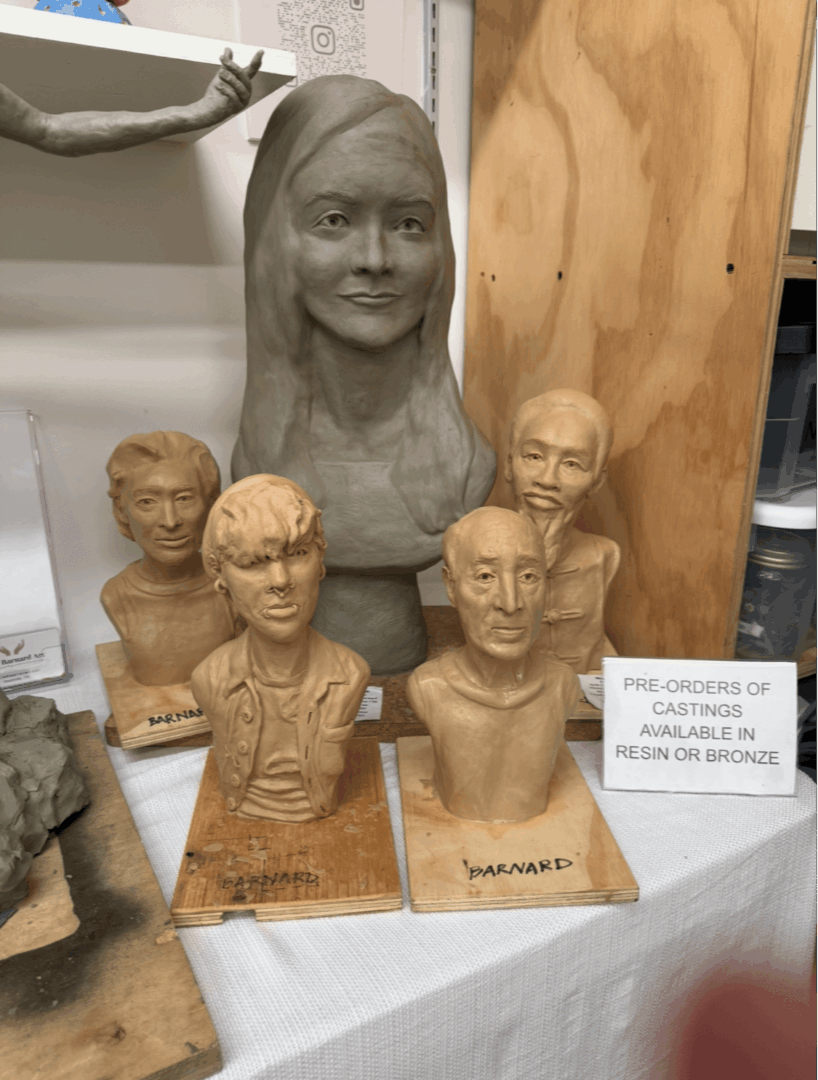
Who has been most helpful in helping you overcome challenges or build and develop the essential skills, qualities or knowledge you needed to be successful?
As a therapist, I’ve specialized in Psychodynamic Psychotherapy. I’ve had two types of people who have been the most helpful to me in overcoming challenges, developing skills, qualities, and knowledge in my field. Aside from former professors and instructors, my supervisors who have been psychoanalysts, my own therapist, and my own psychoanalyst have helped me treat patients with a psychodynamic perspective and they have also helped me understand and feel what it is like to be a patient. Both perspectives are important in truly understanding the different phases of treatment.
As a sculptor, I’ve internalized something from each master sculptor with whom I’ve worked. I’ve had two mentors, one shorter term who was quite helpful with his wealth of information. I’m now in a longer term mentorship group with a master sculptor, and am learning a lot, not only having my own questions answered, but also by being able to listen to other’s questions and the mentor’s responses to them. The group meets once a month with the mentor and we also meet once a month on our own. I learn a lot from my peers there and it’s nice to have a place to talk with like minded artists, as sculpting can be a rather isolating experience.
Contact Info:
- Website: https://www.bethbarnardart.com
- Instagram: Insta@bethbarnardart.com
- Youtube: @BethBarnard-rk1wy
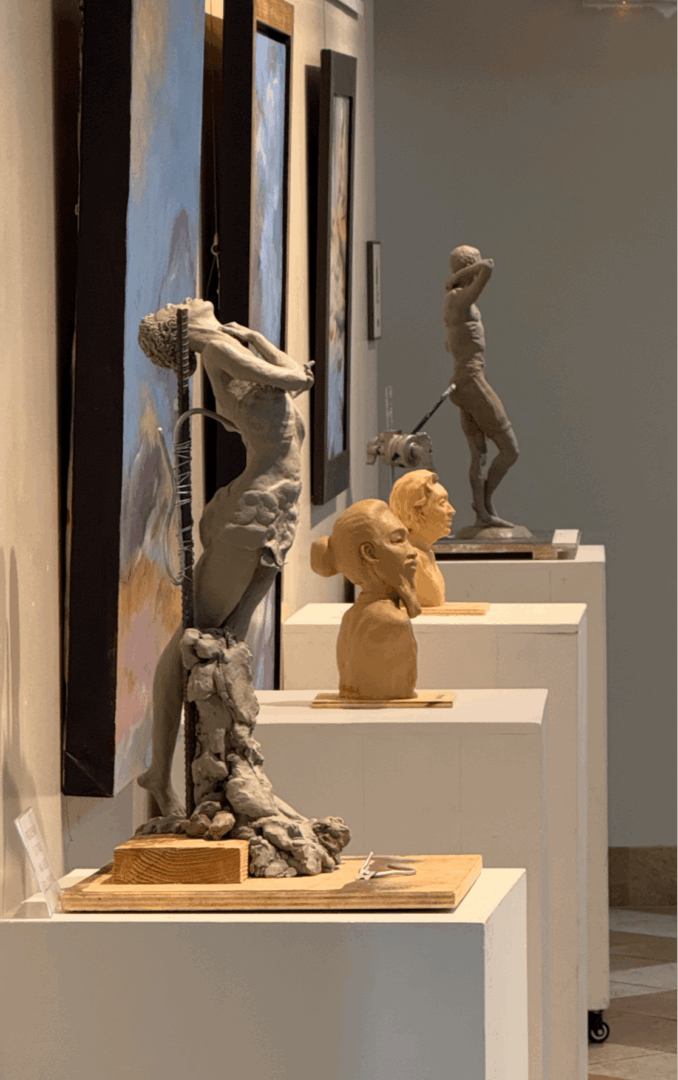
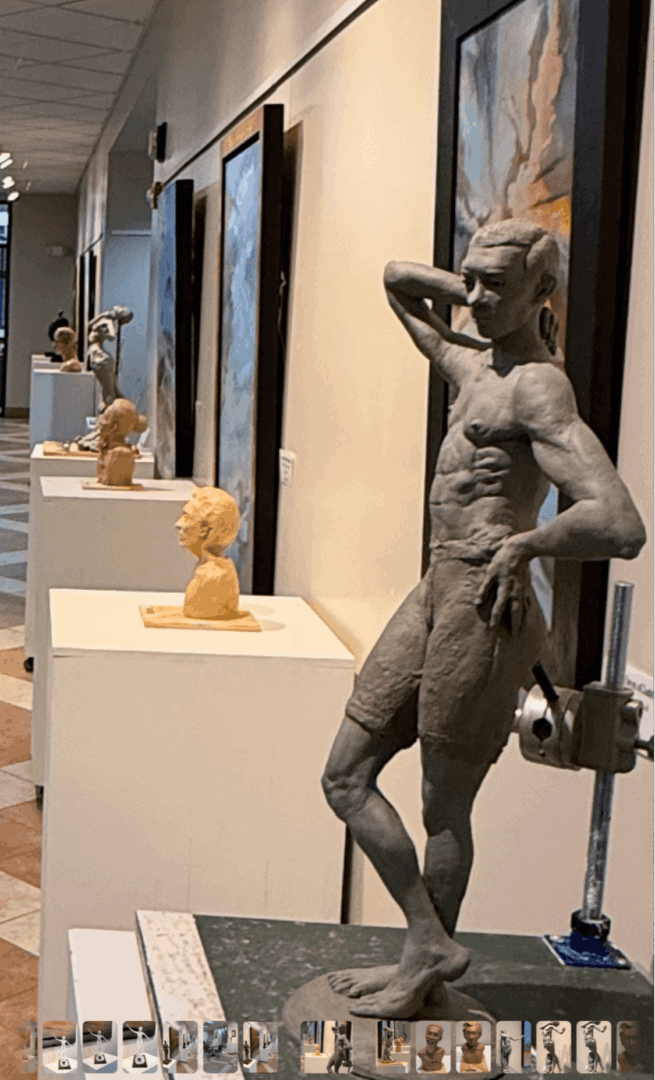
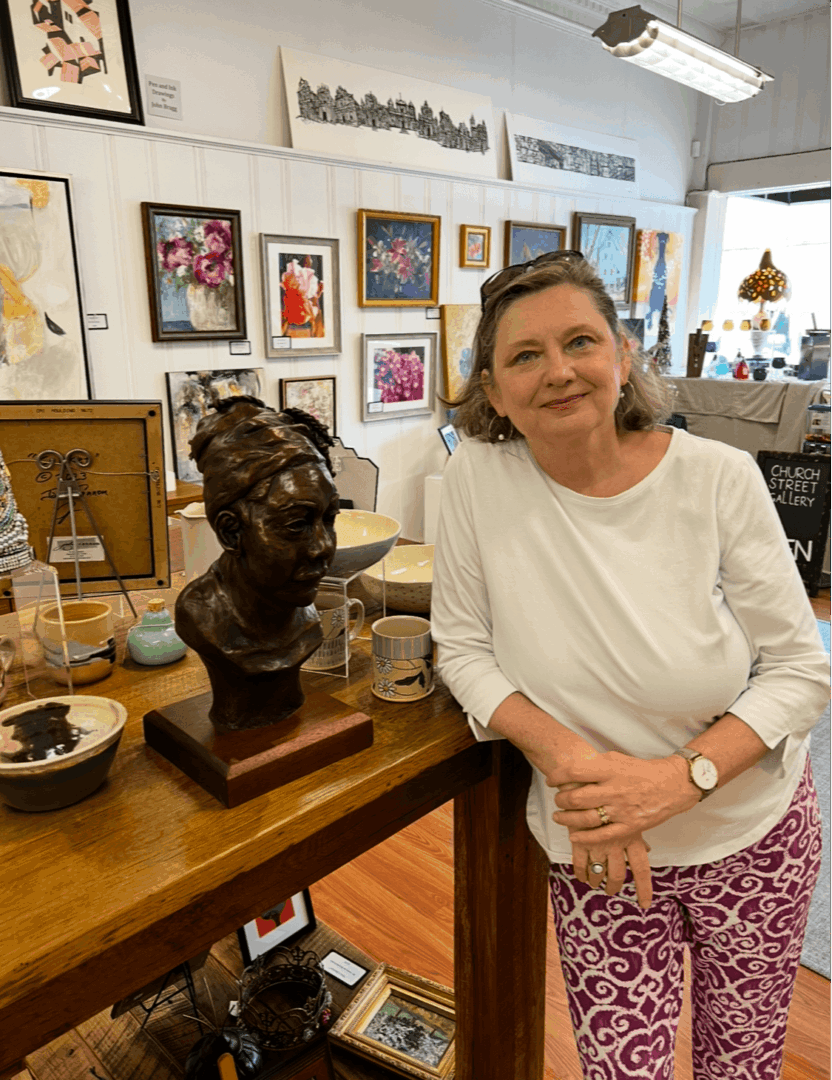
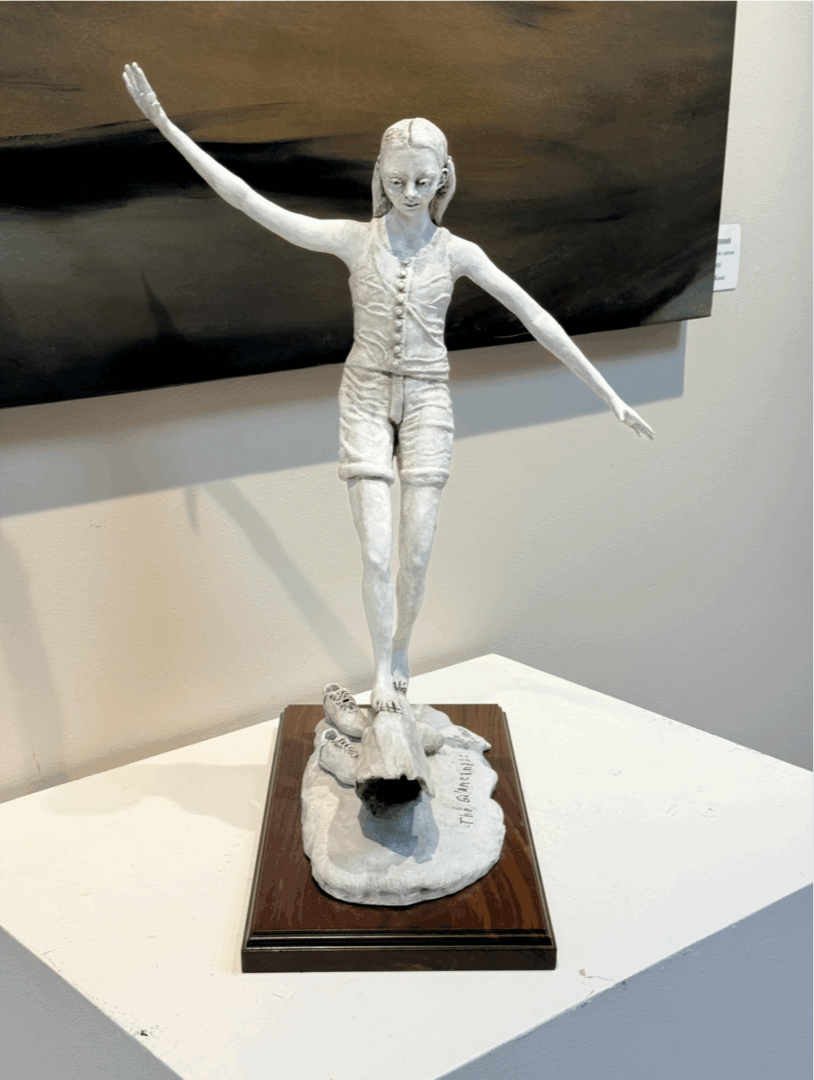
so if you or someone you know deserves recognition please let us know here.

